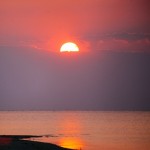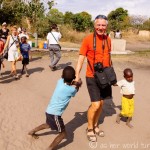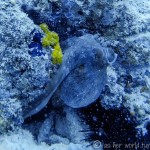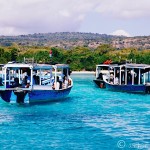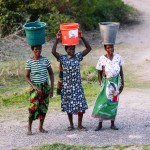For awhile now I have anticipated scuba diving in Lake Malawi. Luckily for me, there is a dive shop right at Kande Beach with reasonable prices (I think I pay $35 for one dive, including full equipment rental).
I apologize in advance for the ridiculous number of selfies in this post.
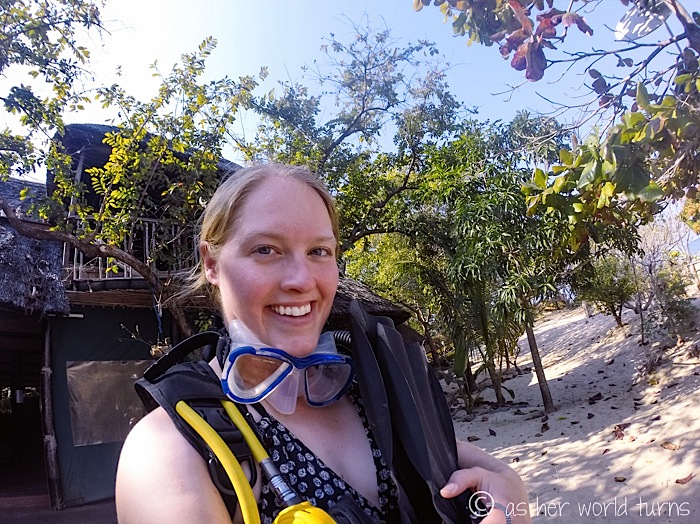
I’m the only tourist diving this afternoon, but crew members from the dive shop are going out to continue counting fish species around the island in the distance. They are documenting the numbers and varieties of fish to track changes in population over time.
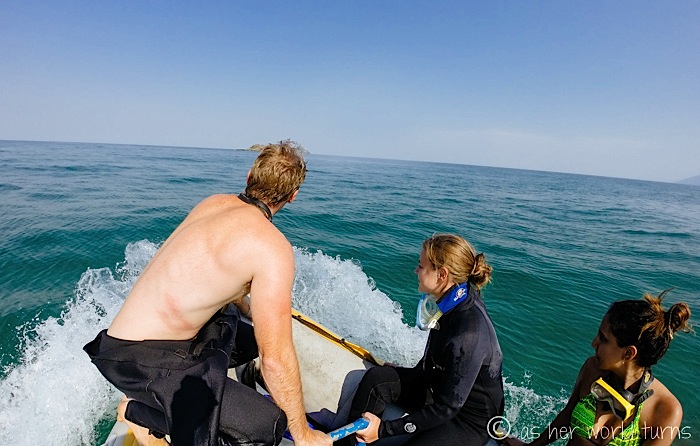
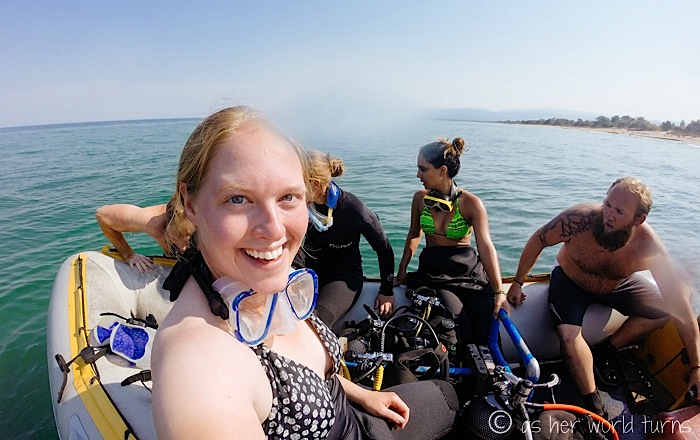
This is the island just off-shore. Myself and the dive master will explore rock formations around the island and check out a sunken Jeep for photos ops, and then afterwards he’ll take the equipment back to shore so I can explore the island on foot and swim back to shore at my leisure.
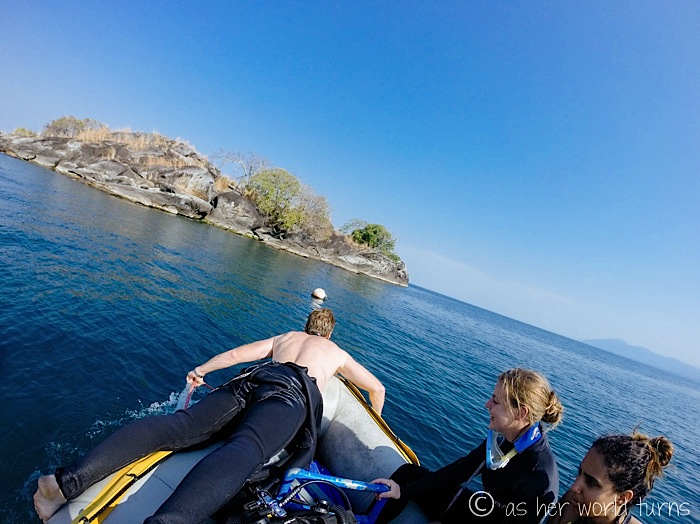
Let’s do this!
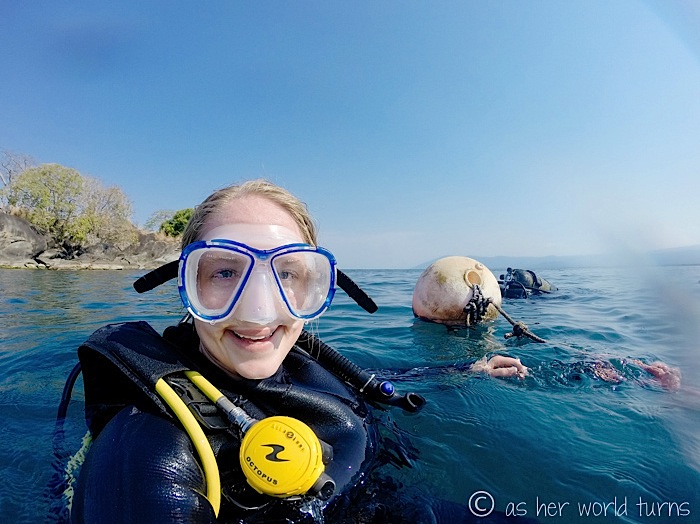
Catfish are popular in this lake — they are large and creepy.
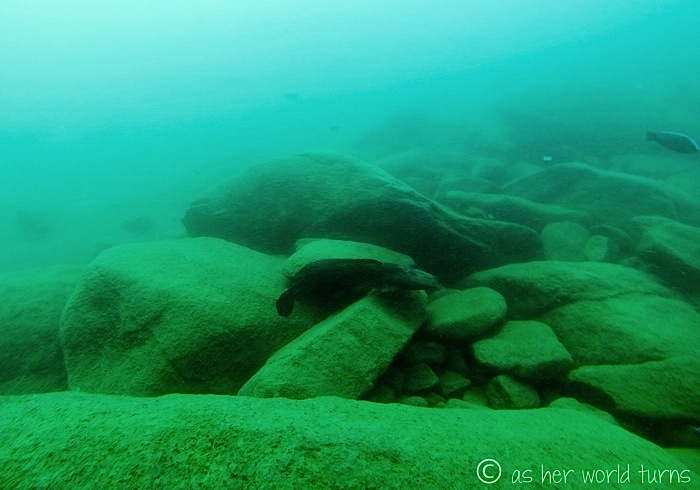
There are a number of sunken canoes and boats.
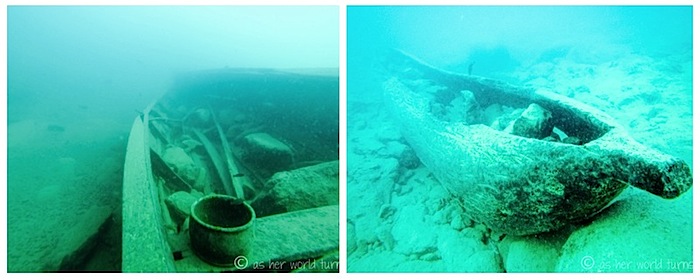
These underwater tree branches are dramatic.
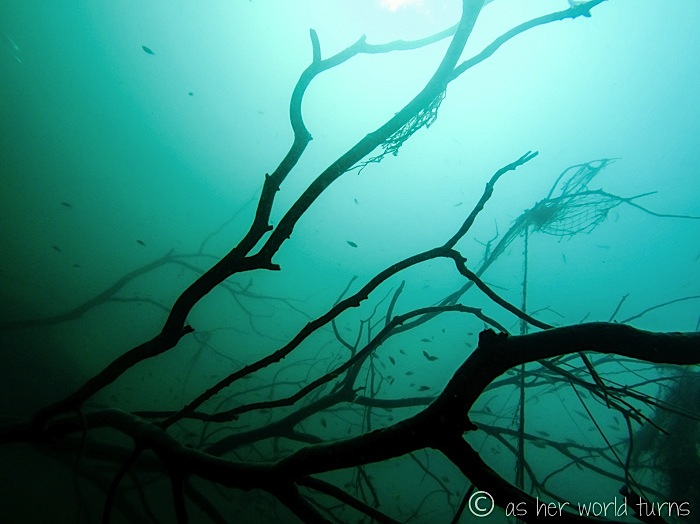
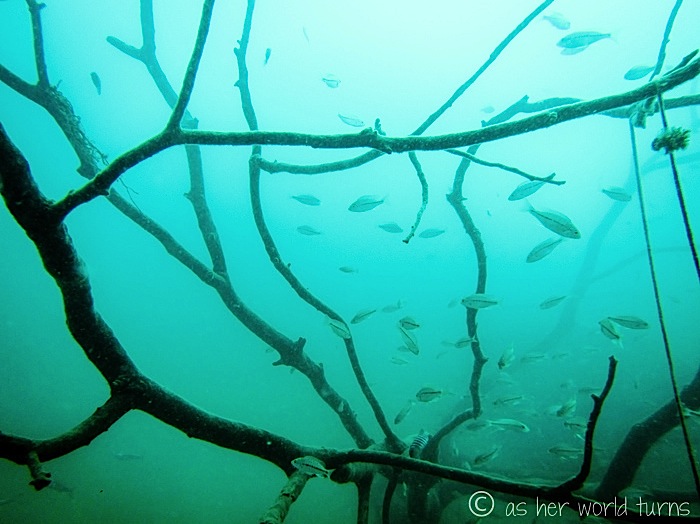
And here is the sunken Jeep!
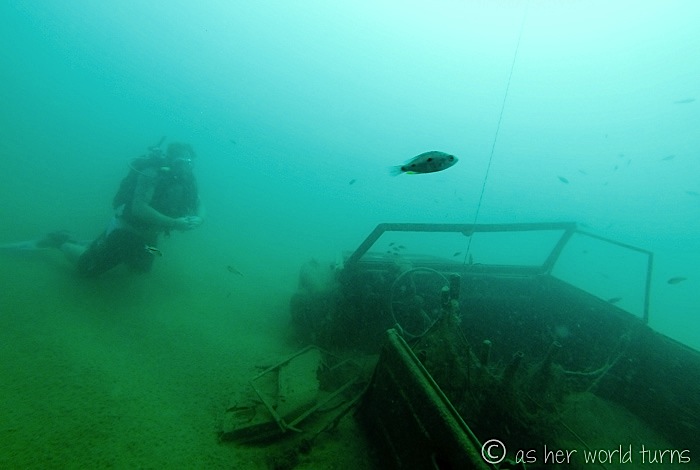
Can you spot the crab in the photo below?
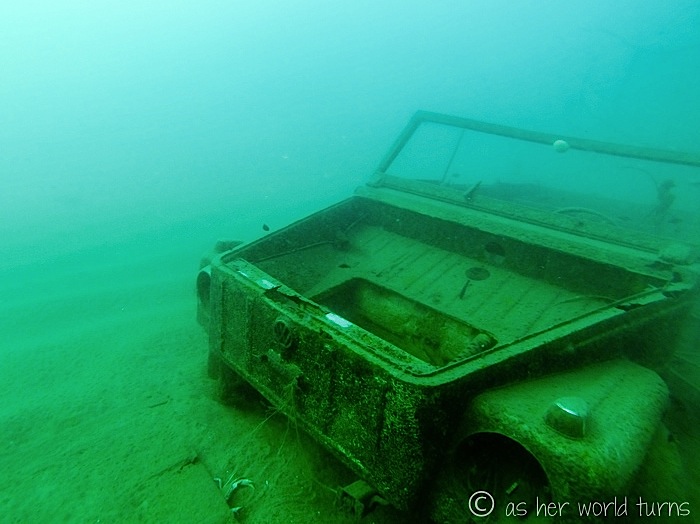
I only just now realized he’s missing his right arm. Poor guy.
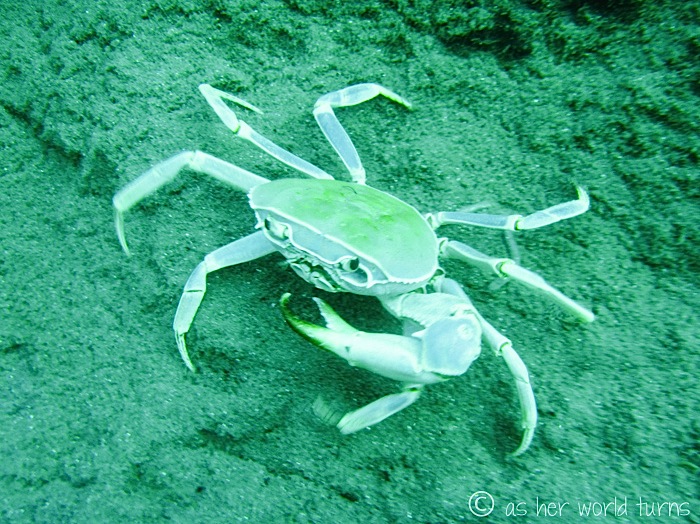
Back to the Jeep…
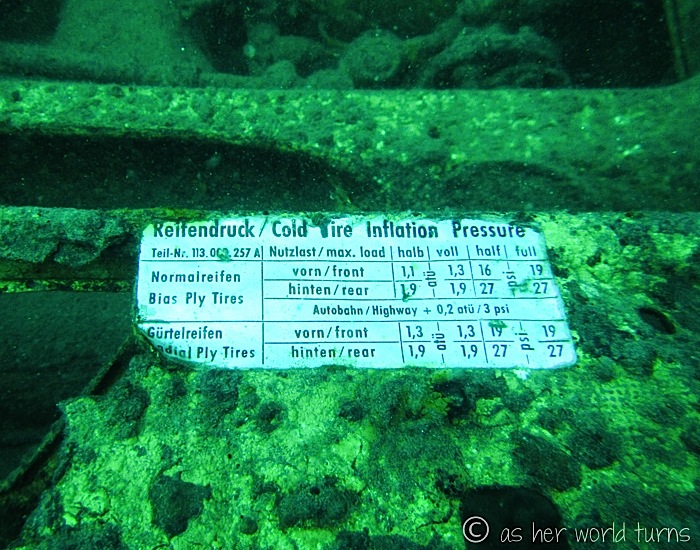
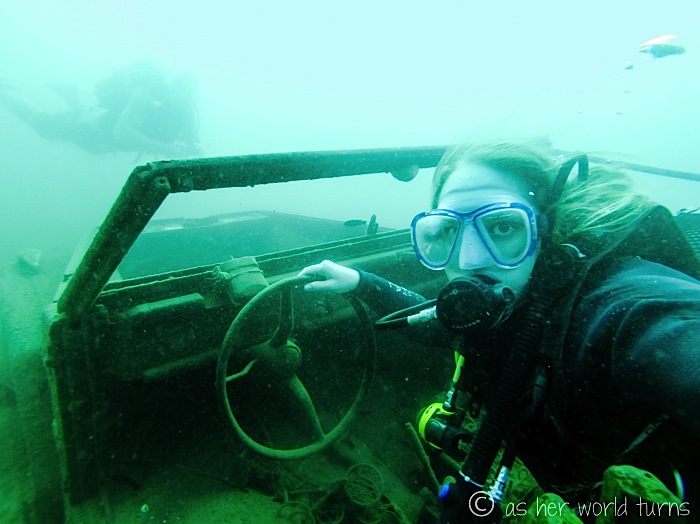
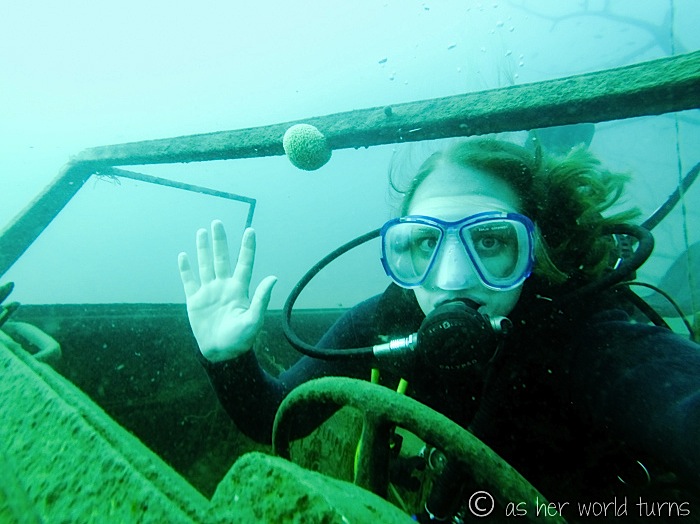
Anticipating fun photos at the Jeep, my dive master had suggested various poses at the steering wheel, like taking out my regulator.
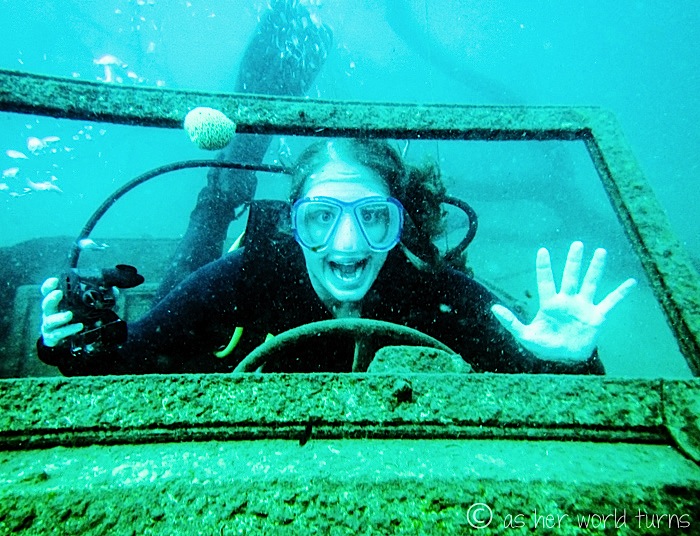
If you’re not a diver and are curious why one would remove their breathing apparatus while 50 feet underwater, let me assure you it’s an easy thing to do if you’re confident in how to use the equipment. When I got my diving certification in Australia, we had to demonstrate our skills over and over — which included taking out our regulator (air supply) AND eye mask while on the ocean floor, and then putting them back on again unassisted. This way in the event something goes wrong — like if your regulator hose gets caught on a plant and pops out of your mouth — it’s not scary to hold your breath and put it back in. All you have to do is blow out with the remaining air in your lungs (this clears water from the regulator) and then you can breath normally again. With practice it’s quite easy.
We press on — the entire lake floor is covered in rocks and boulders.
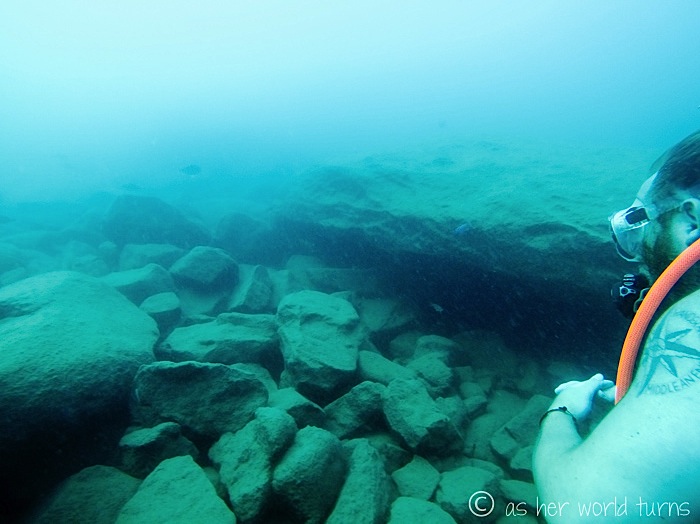
We reach an especially neat rock formation and the dive master motions me to follow him down the crevice.
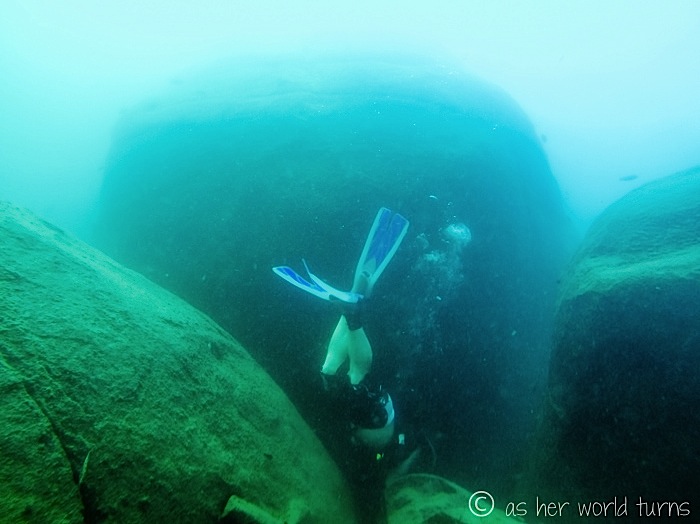
Through the rocks we go!
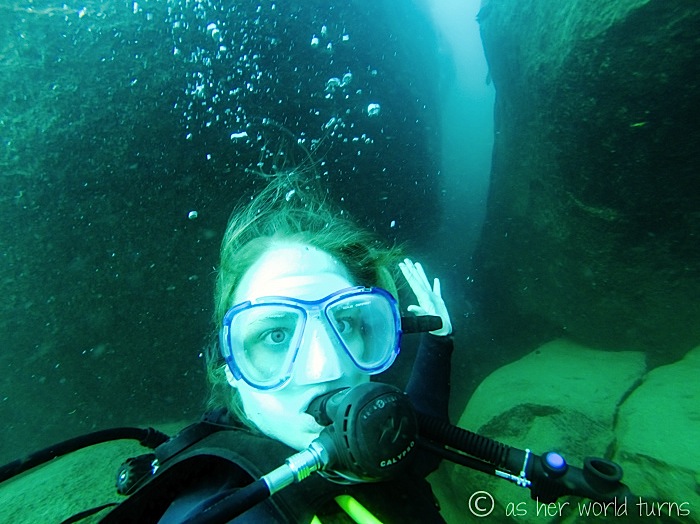
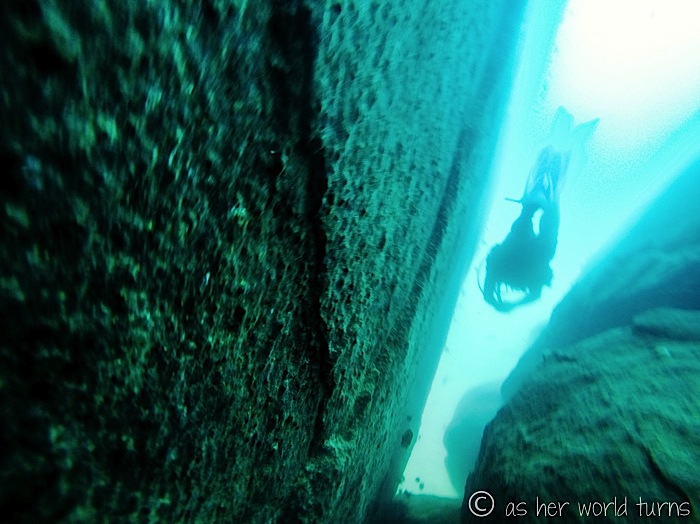
At this point, my GroPro starts to die. I find out later that some water has leaked into it — luckily it dries out in a bag rice overnight, a well-known cure for waterlogged electronic devices. But from here on my photos aren’t great… I have my back-up underwater camera with me (the Canon Powershot D20), but its photo quality isn’t up to par with my GoPro.
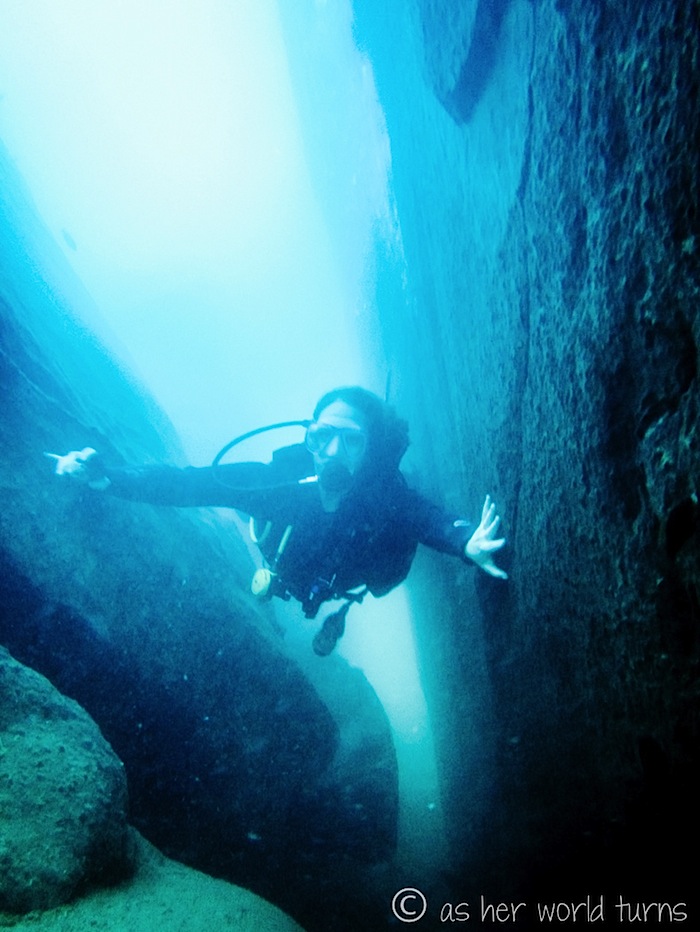
We run into the dive shop team counting fish species — they’ve sections off their area with string and use a special board to write notes underwater on a dive slate.
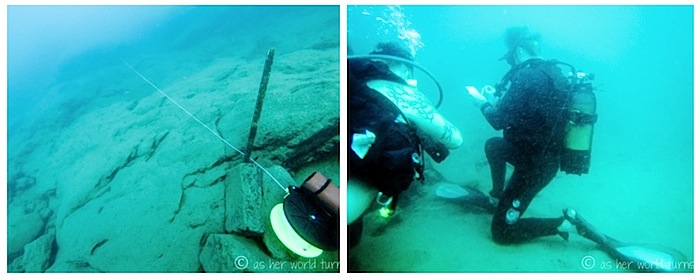
Beforehand, my dive master told me about these craters in the sand — they are excavated by a particular species of fish in an effort to attract a mate. The craters are deep enough for us to kneel in.
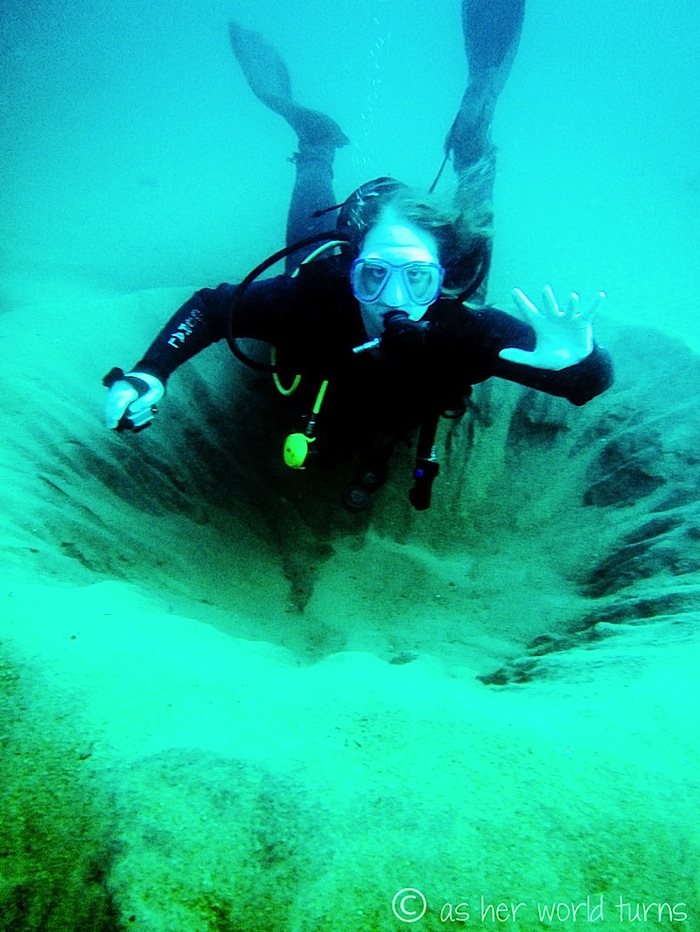

That marks the end of our dive. With my equipment unloaded, I stay at the island while everyone else takes the boat back to shore.

A closer look at rocks surrounding the island:
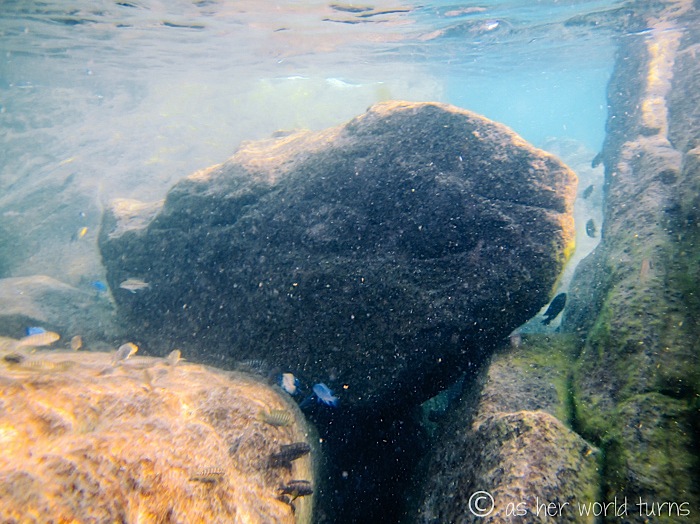
I think these fish are cichlids — they come in lots of colors and shapes.
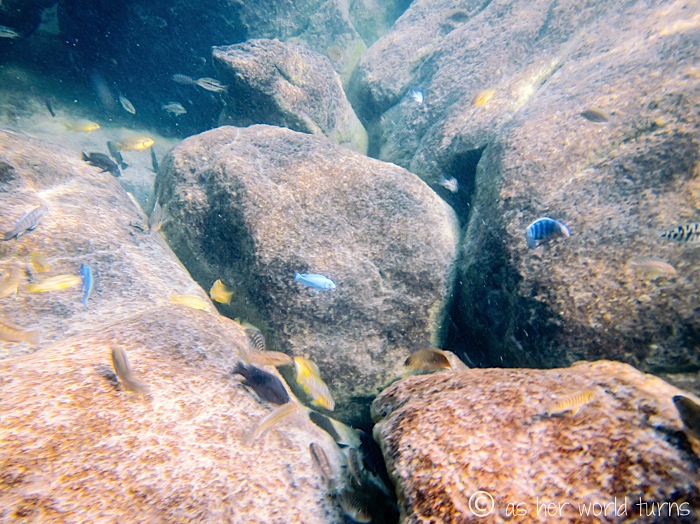
Taking great care not to slip on the rocks, I climb up onto the island for better views.

My fellow tour mates jumped off this rock earlier today and showed me video of it — it looks super fun. But since I’m alone and not 100% certain this is the correct rock (what if it’s not and I break my neck?) I abstain from jumping. Love this view looking back towards shore, however.
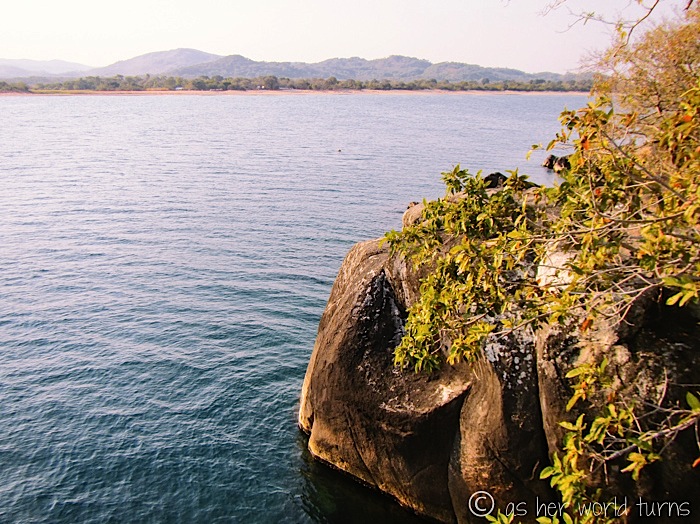
It looks like a long way to swim back, but I do it in about 20 minutes. My wetsuit is a little buoyant, which helps.
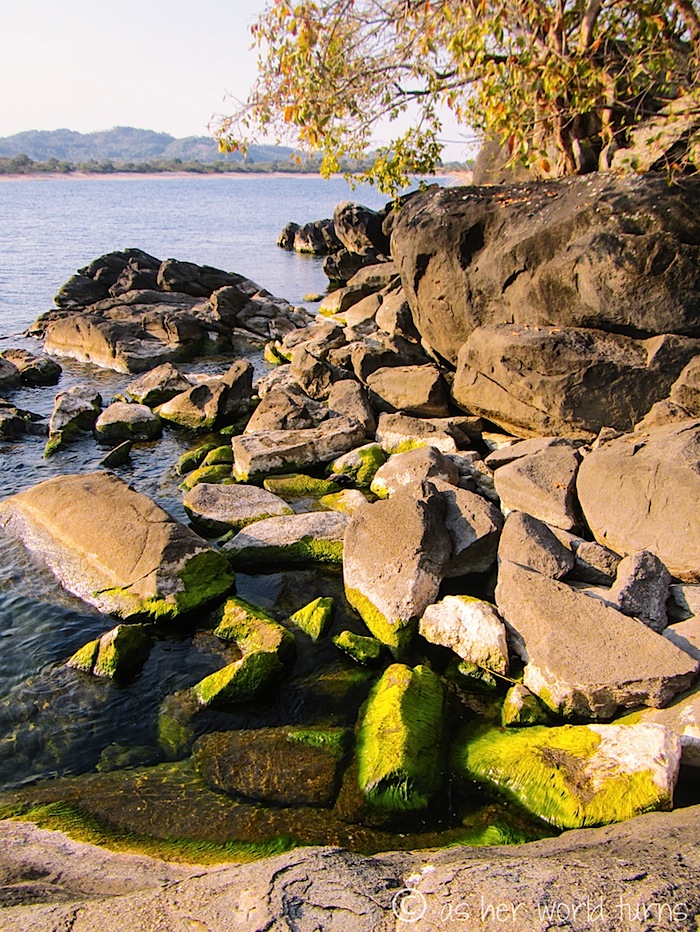
Important notice about swimming in Lake Malawi — in recent years, some tourists who swim in the lake have contracted schistosomiasis (also known as bilharzia), which is a parasitic infection caused by a tiny flatworm that bores into skin and causes flu-like symptoms and abdominal pain. It is easily taken care of with antibiotics. The parasite only exists in areas of the lake that are stagnant, so while our guide cautions us about it, he says this area (Kande Beach) is most likely safe because the water moves here. (As the 9th-largest lake in the world, Lake Malawi is large enough to have tides even though it’s not connected to an ocean.) The parasite in question is more likely to be found in bays or inlets with very little tidal movement.
During our time here, no one on our tour became ill, but it’s important to be aware of in case you develop symptoms.
I visited Kande Beach on a 30-day Nairobi to Joburg tour with Nomad Tours. They discounted my tour in exchange for blogging and photography; opinions are my own.

